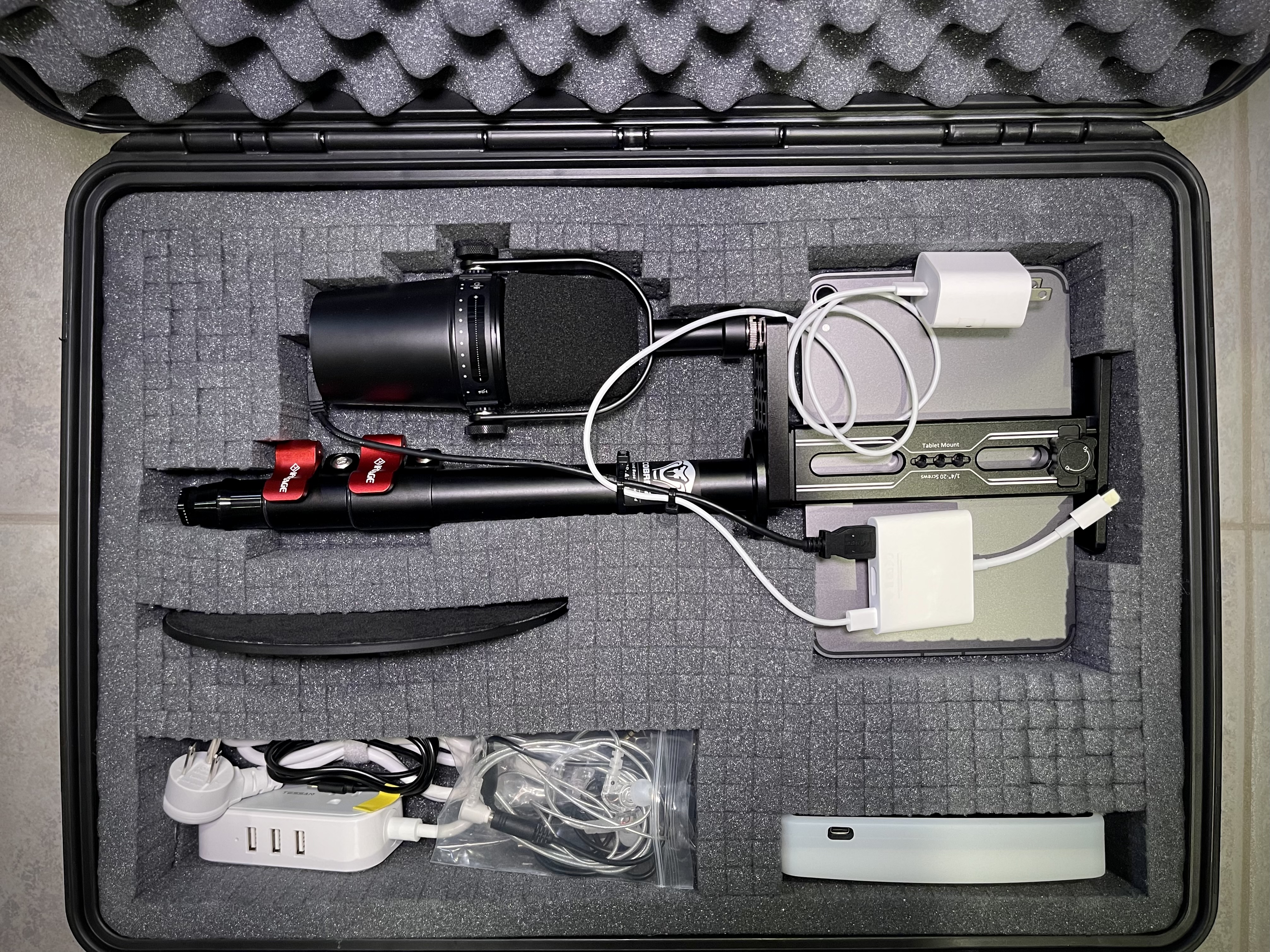10 Free AI Tools for Graphic Designing — from medium.com by Qz Ruslan
With the advancements in Artificial Intelligence (AI), designers now have access to a wide array of free AI-powered tools that streamline their creative process, enhance productivity, and add a touch of uniqueness to their designs. In this article, we will explore ten such free AI tools websites for graphic designing that have revolutionized the way designers approach their craft.
Generative Art in Motion — from heatherbcooper.substack.com by Heather Cooper
Animation and video tools create an explosion of creative expression
World’s first AI cinema opening in Auckland to make all your Matrix fantasies come true — from stuff.co.nz by Jonny Mahon-Heap
Review: My HyperCinema experience was futuristic, sleek – and slightly insane as I became the star of my own show.
AI That Alters Voice and Imagery in Political Ads Will Require Disclosure on Google and YouTube — from usnews.com by Associated Press
Political ads using artificial intelligence on Google and YouTube must soon be accompanied by a prominent disclosure if imagery or sounds have been synthetically altered
Google will soon require that political ads using artificial intelligence be accompanied by a prominent disclosure if imagery or sounds have been synthetically altered.
AI-generated election ads on YouTube and other Google platforms that alter people or events must include a clear disclaimer located somewhere that users are likely to notice, the company said in an update this week to its political content policy.

















